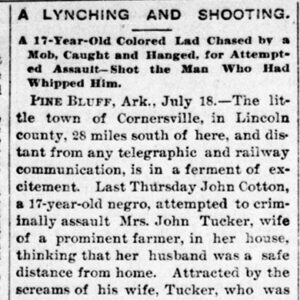 John Cotton Lynching Article
John Cotton Lynching Article
Entry Category: Race
 John Cotton Lynching Article
John Cotton Lynching Article
Council for the Liberation of Blacks (CLOB)
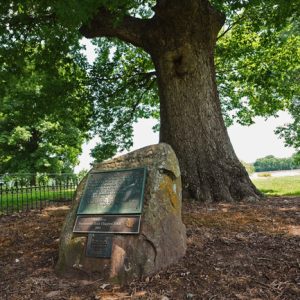 Council Oaks Tree
Council Oaks Tree
Council on Community Affairs (COCA)
Counts, Will
aka: Ira Wilmer Counts
Covington, Riley (Reported Lynching of)
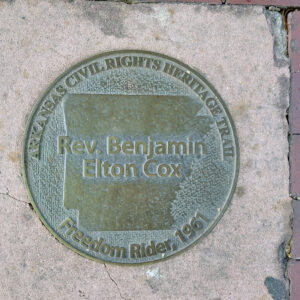 Cox Marker
Cox Marker
Coy, Edward (Lynching of)
 Edward Coy Lynching
Edward Coy Lynching
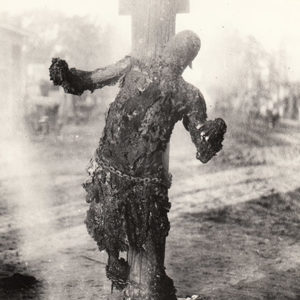 Edward Coy Lynching
Edward Coy Lynching
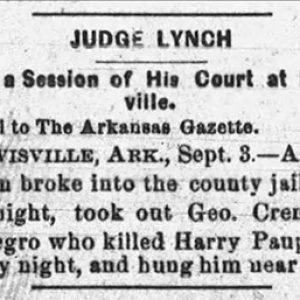 George Crenshaw Lynching Article
George Crenshaw Lynching Article
Crenshaw, George (Lynching of)
Crittenden County Expulsion of 1888
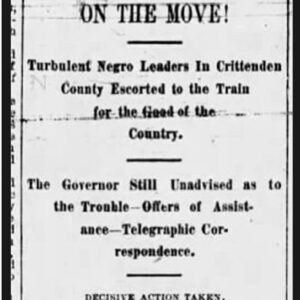 Crittenden County Expulsion Article
Crittenden County Expulsion Article
 Crittenden County Lynching Article
Crittenden County Lynching Article
Crittenden County Lynching of 1840
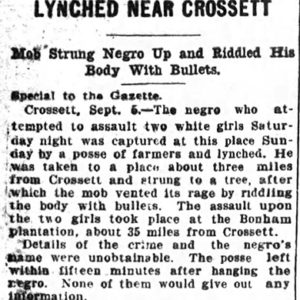 Crossett Lynching Article
Crossett Lynching Article
Crossett Lynching of 1904
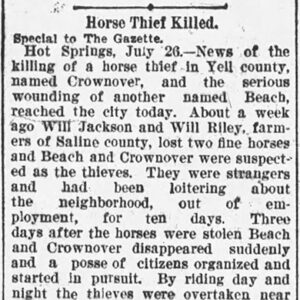 Crownover Lynching Article
Crownover Lynching Article
Cuban Refugee Crisis
Culbreath, Lee Edward (Murder of)
Daisy Bates et al. v. City of Little Rock
aka: Bates v. City of Little Rock
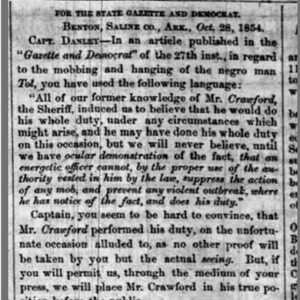 Danley Comment Story
Danley Comment Story
 Danville Lynching Article
Danville Lynching Article
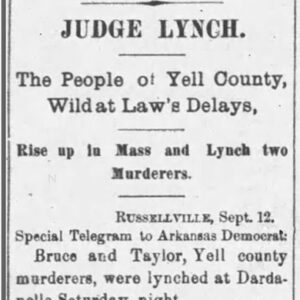 Dardanelle Lynching Article
Dardanelle Lynching Article
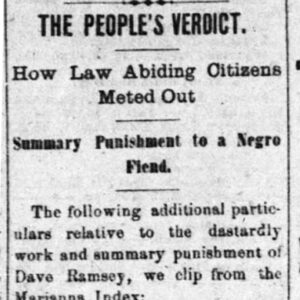 Dave Ramsey Lynching Article
Dave Ramsey Lynching Article
 Ronald Davies
Ronald Davies
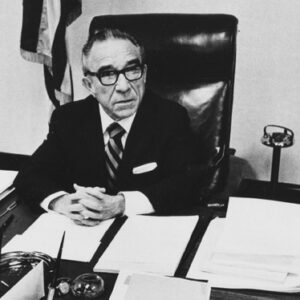 Ronald Davies
Ronald Davies
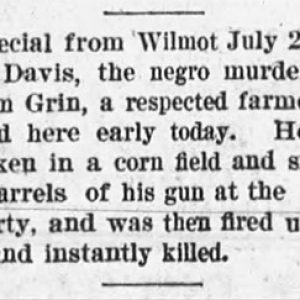 Chick Davis Lynching Article
Chick Davis Lynching Article
 Alford Davis Lynching Article
Alford Davis Lynching Article
Davis, Alford (Lynching of)
Davis, Anthony (Lynching of)
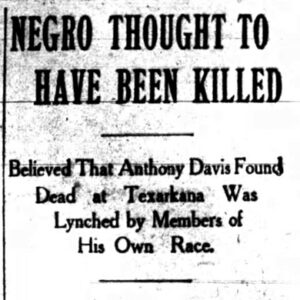 Davis Lynching Article
Davis Lynching Article
Davis, Chick (Lynching of)
Davis, Howard (Lynching of)
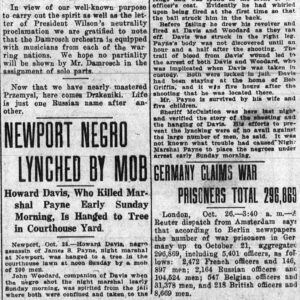 Howard Davis Lynching Article
Howard Davis Lynching Article
Davis, L. Clifford
Davis, Lovett (Lynching of)
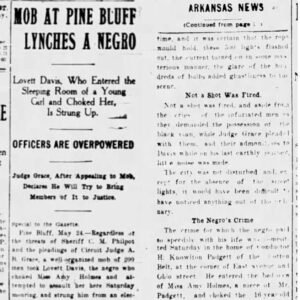 Lovett Davis Lynching Article
Lovett Davis Lynching Article
Dawson, Ethel Beatrice Ross
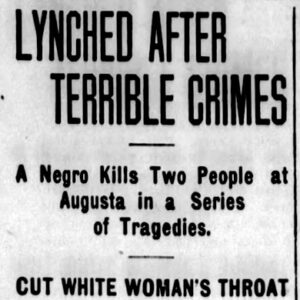 Arthur Dean Lynching Article
Arthur Dean Lynching Article
Dean, Arthur (Lynching of)
Des Arc Schools, Desegregation of
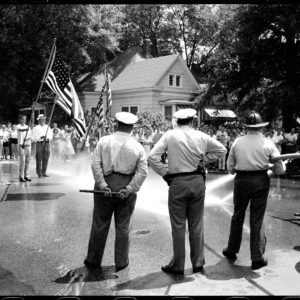 Desegregation Protest
Desegregation Protest
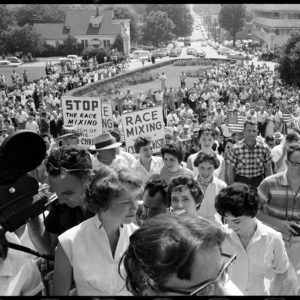 Desegregation Protest at Capitol
Desegregation Protest at Capitol
 Desegregation Protest at Capitol
Desegregation Protest at Capitol
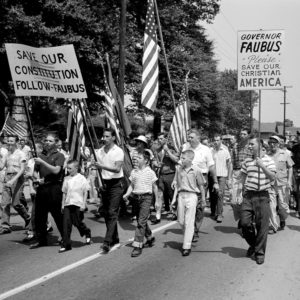 Desegregation Protest March
Desegregation Protest March
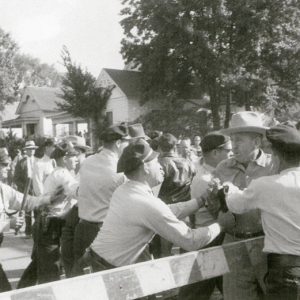 Desegregation Protesters
Desegregation Protesters




